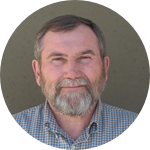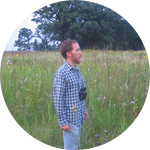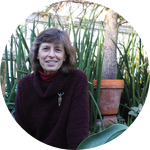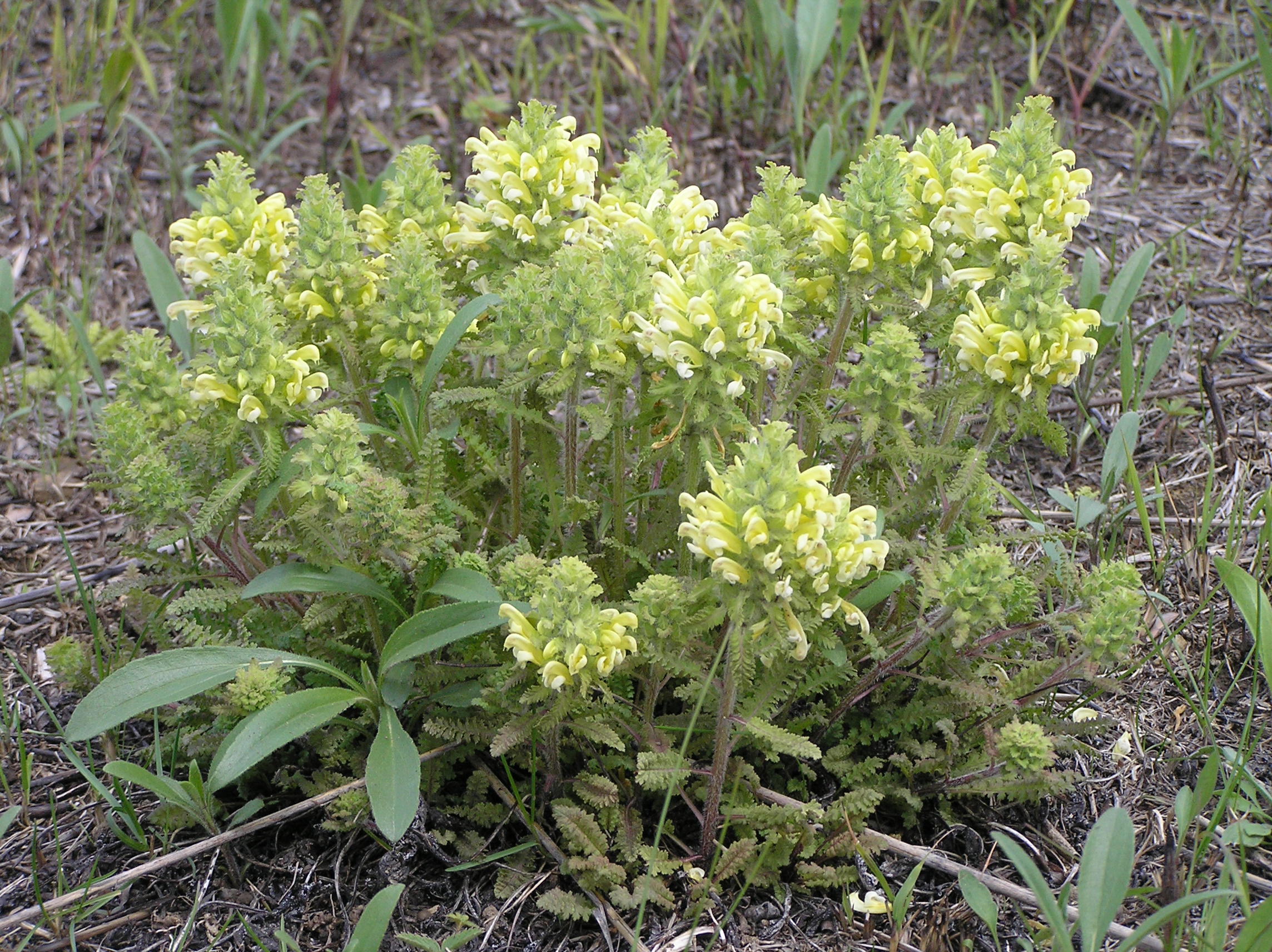About This Project
Once common, prairies are now among the most threatened of ecosystems. Restoration of prairies without intense management is challenging. Introducing native parasitic plants can reduce aggressive species but broader effects of hemiparasites (green parasitic plants) on invasions and productivity are unknown. Our goal is to evaluate species composition and environmental factors in prairies with native hemiparasites to understand these effects and provide critical insights to land managers.
Ask the Scientists
Join The DiscussionWhat is the context of this research?
Eastern tallgrass prairie once seemed limitless, but farming and development have devastated this ecosystem. In Illinois, high-quality prairie occupies <1% of the former area. In every prairie state, managers are working to revive this ecosystem.
Restoration of fully functioning communities requires manpower and resources. Because a species-rich community is a hallmark of successful restoration, strategies for limiting aggressive species that suppress desirable species are needed. Hemiparasites (green parasitic plants) extract water and minerals from neighbors' vascular systems, reducing host growth. Dominant species are the most strongly affected. Adding native hemiparasites to suppress dominant species and to increase species diversity may thus benefit restoration.
What is the significance of this project?
Prairies are complex. Plants interact above and below ground with other plants, microbes, and animals. If hemiparasites improve balance on a prairie, as defined by site managers, time and effort costs may be reduced and success of restoration increased. But, the idea of using hemiparasites as "tools" comes from anecdotes or studies of non-prairie systems. Greater diversity may result if hemiparasites facilitate invasions by unwanted non-native species.
Humans have exacerbated imbalance among species when we have introduced a new player to a community. Land managers need to know if native hemiparasites can be used to limit other species and to enhance prairie diversity. Thus, we need to understand the full range of direct and indirect effects of hemiparasites in prairies.
What are the goals of the project?
To understand the role hemiparasites play in prairie communities and their potential to aid in prairie management we will conduct vegetation surveys of prairies with different characteristics, analyze environmental data (light, soil nutrients), and model interactions. Our goal is to answer these questions: Are these green parasites associated with greater numbers and abundances of native species? Where hemiparasites are abundant, are exotic species more common? Do hemiparasites have stronger effects in prairies where host plants are limited by nutrients? Hemiparasites debilitate hosts, and so we also wonder how much productivity declines as hemiparasite abundance increases. This effect of hemiparasites is not trivial if large-herbivore grazing is an essential part of management plans.
Budget
We initiated this project in 2016 with a grant from the Illinois Native Plant Society-Central Chapter and Illinois State University. That project suggested patterns in the effects of hemiparasites in prairie communities. Structural equation modeling using these preliminary data indicated the need for expanded samples from more varied sites to estimate reciprocal effects of the hemiparasite and its victims, the reciprocal competitive interactions between community members, and to clarify direct and indirect links among hemiparasites, invasive exotic species, and native species. The requested funds will support a graduate student for two months and pay additional field hands. With this funding the student should be able to leverage additional money for covering travel and supplies to conduct her thesis research associated with this project. While we are also seeking other support for more comprehensive research, this project focuses on management implications.
Endorsed by
Meet the Team
Affiliates
Affiliates
Team Bio
We are a married couple who first collaborated on projects as graduate students. Vickie studies parasitic plants and above/belowground interactions, especially in prairies. As a community ecologist, Steve provides expertise in statistics, modeling, and theory of species interactions. Both of us direct graduate students' research projects and welcome undergraduate research students into our respective labs.
Vickie Borowicz
I am a community ecologist interested in the ecology of symbioses, especially those involving parasitic plants in prairies. Physically intimate associations between species, such as between a parasitic plant and host, can alter a host plant's responses to enemies, and produce unanticipated effects on communities. The management implications of these interactions are intriguing.
I received a B.S. from the University of Wisconsin-Green Bay, and subsequently a M.S. in Zoology and Ph.D. in Ecology from Penn State. Illinois State University has been my academic home since 1986, when I started as adjunct researcher and occasional non-tenure-track instructor. In 2013 I was appointed assistant professor.
Steven Juliano
My work as an ecologist focuses on species interactions, including primarily interspecific competition and predation, and how they affect populations and communities. Much of my work is with insects, primarily mosquitoes. This project on hemiparasite effects in prairies is an opportunity for me to investigate a different sort of inter-species interaction, and to apply novel statistical approaches to these questions.
Besides ecological interactions, my research interests include behavioral ecology, and application of mathematical and statistical tools to biological questions.
Academic history
BA Biology, Kalamazoo College, Kalamazoo MI
MS Entomology, Cornell University, Ithaca NY
PhD Zoology (Minor Statistics), Pennsylvania State University, University Pk. PA
Post Doctoral Research, Ecology, York University, York, UK
Additional Information
Project Backers
- 26Backers
- 100%Funded
- $3,400Total Donations
- $125.93Average Donation





